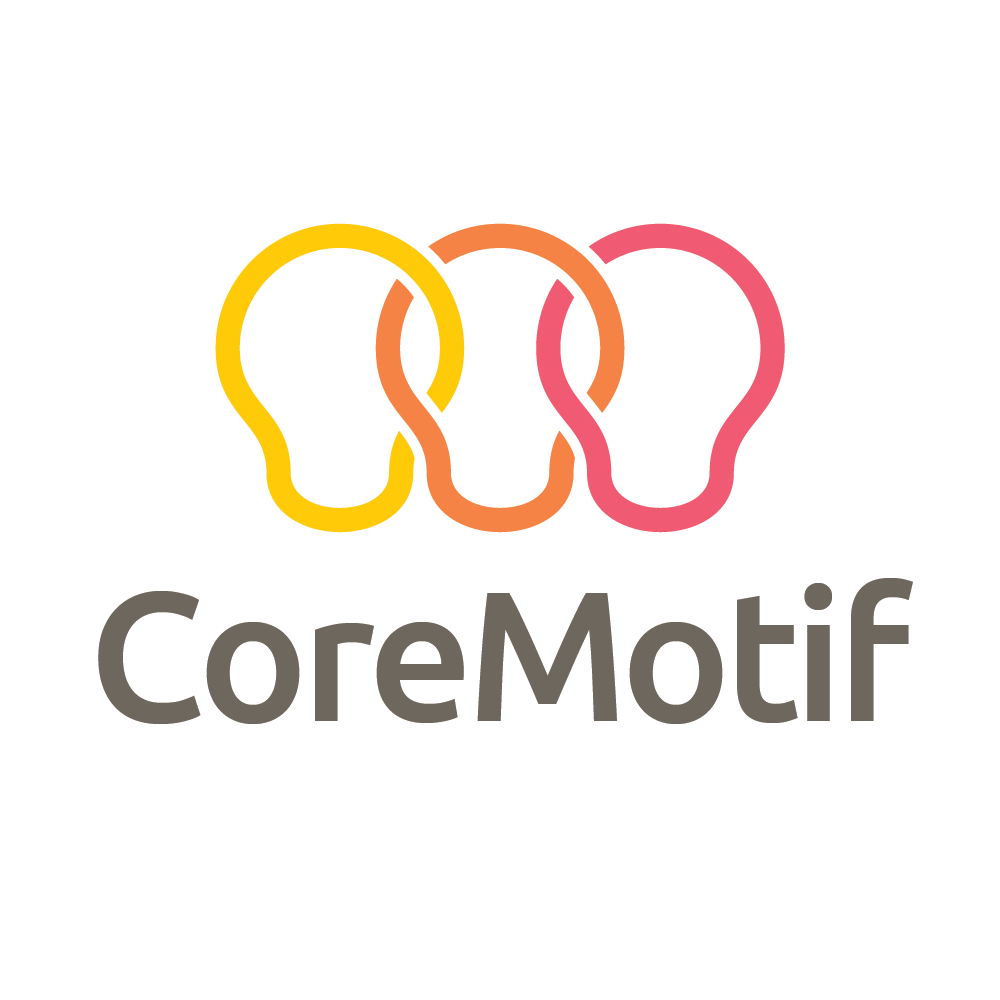Three Common Types of IT Waste
Types of IT Waste Every Business Should be Aware Of
When Taiichi Ohno developed the first TPS (Toyota Production System) manual in 1973, it’s likely that he was aware that his idea of business waste could be applied to a variety of other industries. Now, lean has made its way into the IT industry, and is being used to fix workflow flaws. Examples of electronic waste include an excess of data stored on company hard drives, incomplete project files, time-consuming digital workflows, and more. The seven types of waste originally identified by Ohno can now be applied to IT processes; let’s take an in-depth look at why these methods of waste appear and how they can affect the business as a whole.
Transportation Waste
Transportation waste is a common issue in office environments, and is defined as the avoidable movement of information or data. Often, businesses do not have a standardized, automated channel (such as an intranet or on-line workspace) for departments to communicate information with one another. As a result, information is often required to pass through various channels before being recorded properly, causing inaccuracies, delays, and lower productivity. Some lean IT techniques used to reduce transportation of information include incorporating organized messaging systems, assigning a single-point of contact for data entry, or improving the communication system currently being used.
Inventory Waste
Inventory waste is a giant issue for small businesses and billion dollar corporations alike. From an information technology standpoint, inventory is considered the “virtual stuff” stored on a drive or in the cloud. While having all relevant information on hand is essential, there is also a fine line between having enough information to complete jobs efficiently, and so much information that it bogs down speed. Lean IT focuses on removing extra data (such as old project files, unused software, and unnecessary features) from the company’s devices to increase space for more relevant information and improve system speed. For online businesses, lean IT may remove software applications and features that provide no benefit to the company’s processes, while retail shops may enhance the ergonomics of a POS system.
Waste Caused by waiting
We all know the dreaded feeling of boredom and detachment while waiting for a computer to update, restart, or unfreeze. Although minor, these common tech inconveniences are actually a type of waste that dramatically decrease employee productivity and moral, increases labor costs, and causes project delays. Waiting waste can run rampant without a strategically addressing the root of the virtual issue, which requires reviewing the entire system flow and foundation. There are a number of options when using lean to solve waste resulting from systematic waiting; these techniques include automating system updates to occur only after office hours, quality checking programs at random, and consolidating information to improve organizational issues that delay productivity and increase project turnover.
These three frequent waste types can be avoided by carefully implementing software and processes that are relevant, maintaining updates on a regular basis, and minimizing the time people spend waiting on others.
